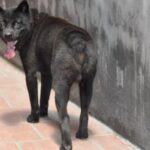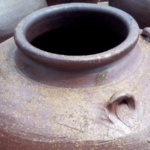Corduroy fabric has a rich history in the fashion industry and has been a staple for many years. Understanding this fabric is key to unlocking its durability and aesthetic appeal. Join us as we delve into the world of corduroy, exploring its characteristics, applications, and essential care tips to keep your corduroy items looking their best.
1 Unraveling Corduroy Fabric
Characteristics
Corduroy, a timeless fabric, has its roots in the 18th century. Often chosen for office workers’ uniforms, corduroy is crafted from cotton or synthetic fibers, resulting in a unique ridged surface. The size of these ridges depends on the loom’s reed width and the yarn’s diameter. Corduroy’s thick and durable nature makes it perfect for autumn and winter garments like coats and pants, although it may not be the best choice for extremely cold climates.
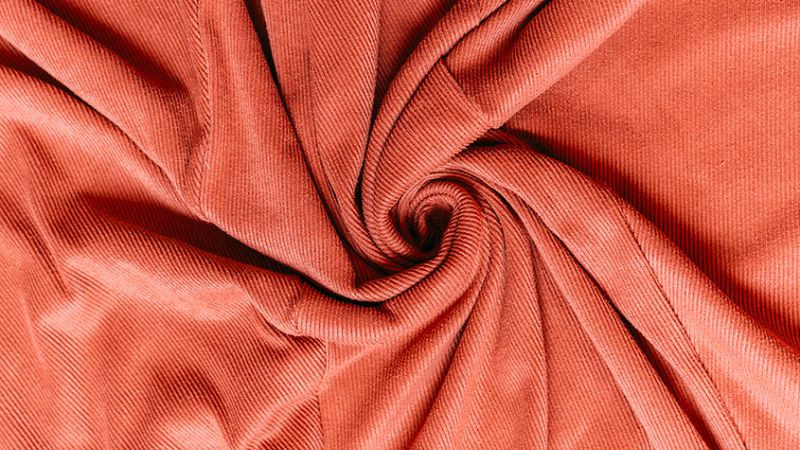 Understanding the unique characteristics of corduroy fabric
Understanding the unique characteristics of corduroy fabric
Pros and Cons
Pros:
- Durability: Corduroy stands the test of time due to its resistance to tearing and damage.
- Versatile Appeal: Available in a spectrum of colors and materials, corduroy suits a range of clothing styles.
- Affordability: As a blend of synthetic fibers, corduroy offers a cost-effective alternative to traditional velvet.
Cons:
- Breathability and Heat Retention: While functional, corduroy may not excel in extreme temperatures due to average breathability and heat retention.
- Prone to Fading: Over time, the fabric’s surface may lose color consistency, requiring careful maintenance.
- Limited Stretch: The distinctive ridges on corduroy reduce its stretch, making it less suitable for form-fitting garments.
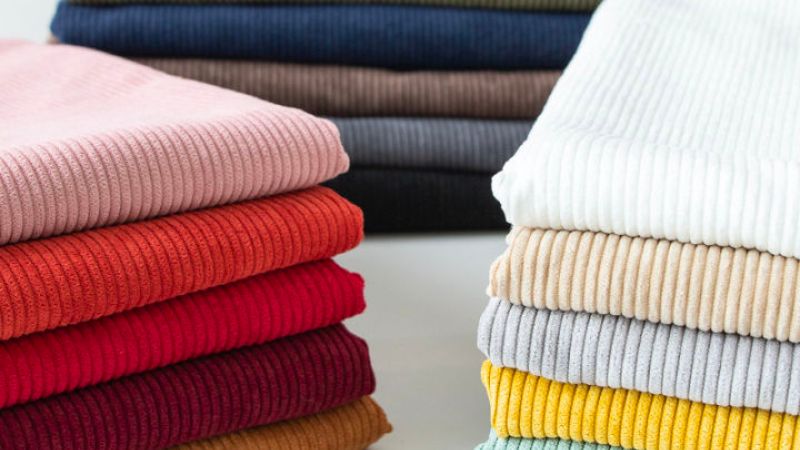 Weighing the pros and cons of corduroy fabric
Weighing the pros and cons of corduroy fabric
2 Corduroy in Action
Corduroy’s heat-retaining properties make it a cozy choice for chilly days. Its distinctive pattern also adds a unique touch to fashion items like shoes, bags, coats, pants, and skirts. The fabric’s high elasticity simplifies sewing and cutting, and it resists wrinkling and shrinking over time.
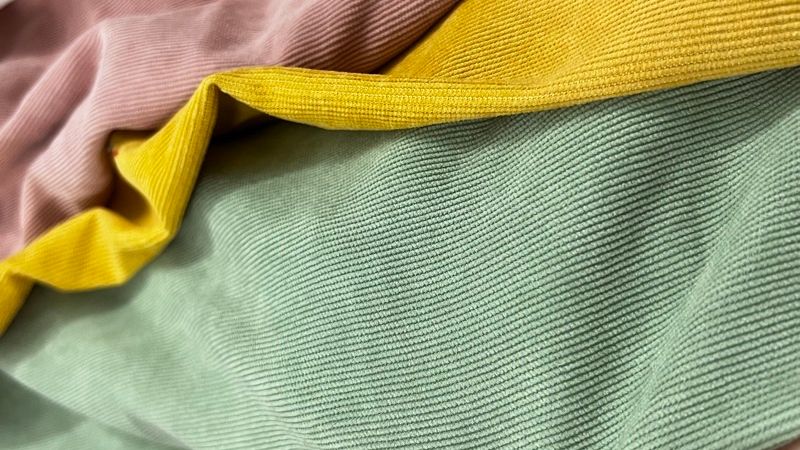 Corduroy fabric’s versatility in fashion
Corduroy fabric’s versatility in fashion
3 Caring for Your Corduroy
To ensure your corduroy items last, follow these care instructions:
- Gentle Cleaning: Hand wash or machine wash on a gentle cycle with cold water. Avoid hot water and strong detergents, which can impact durability.
- Quick Soaks: Rather than long soaks, immerse corduroy items in water briefly, then rinse with clean water to remove dirt.
- Air-drying: Opt for air-drying outdoors or in a well-ventilated indoor space.
- Ironing: If necessary, iron at a low temperature while the garment is still damp to prevent fabric damage.
- Storage: Keep corduroy items in a cool, dry, and well-ventilated area. For added protection from dust and insects, store them in a velvet bag or box.
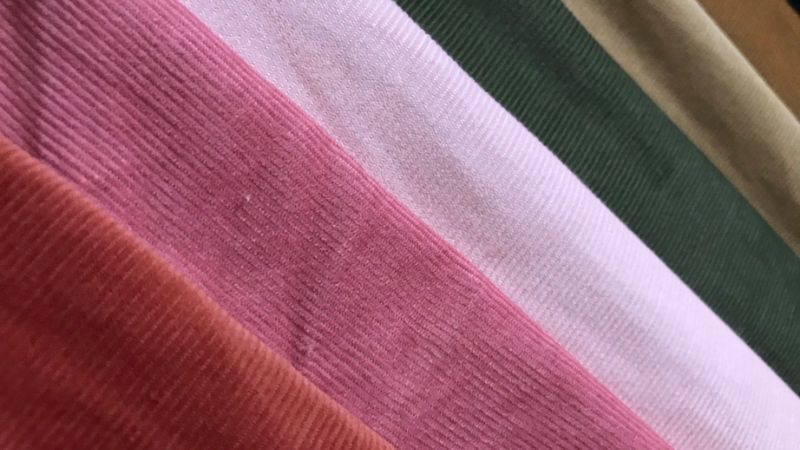 Extending the lifespan of your corduroy items
Extending the lifespan of your corduroy items
In summary, corduroy fabric offers a unique blend of characteristics, advantages, and considerations. We trust that this article has illuminated the world of corduroy and inspired your fashion choices.
Free Up Space and Speed Up Your Slow Phone with This Simple Trick
Over time, most people find that their phones start to lag, overheat, and run out of storage. This is a common issue that many users face, and it can be a frustrating experience. The good news is that there are ways to optimize your phone and keep it running smoothly. In this article, we will explore some of the best practices to keep your device in top shape and improve its performance.
Unveiling the Charm of Vietnam’s National Dog Breed: The Phu Quoc Ridgeback
The Móng Cộc is Vietnam’s beloved native dog breed, and rightfully so. This unique canine has a rich history and is an integral part of the country’s cultural heritage. With their loyal nature and distinctive appearance, the Móng Cộc has earned the title of Vietnam’s national dog. In this article, we delve into the fascinating world of these remarkable dogs and explore what makes them such a cherished symbol of Vietnam.
The Ultimate Guide to Labrador Retrievers: History, Characteristics, Care, and Pricing
The Labrador Retriever, or ‘Lab’ as they are affectionately known, is a beloved breed of dog renowned for their friendly, devoted, and hardworking nature. With a reputation for being gentle and amiable, Labs have become a popular choice for those seeking a loyal four-legged companion. If you’re considering welcoming a Lab into your home, join us as we delve into the origins, unique characteristics, and care requirements of this wonderful breed.


























